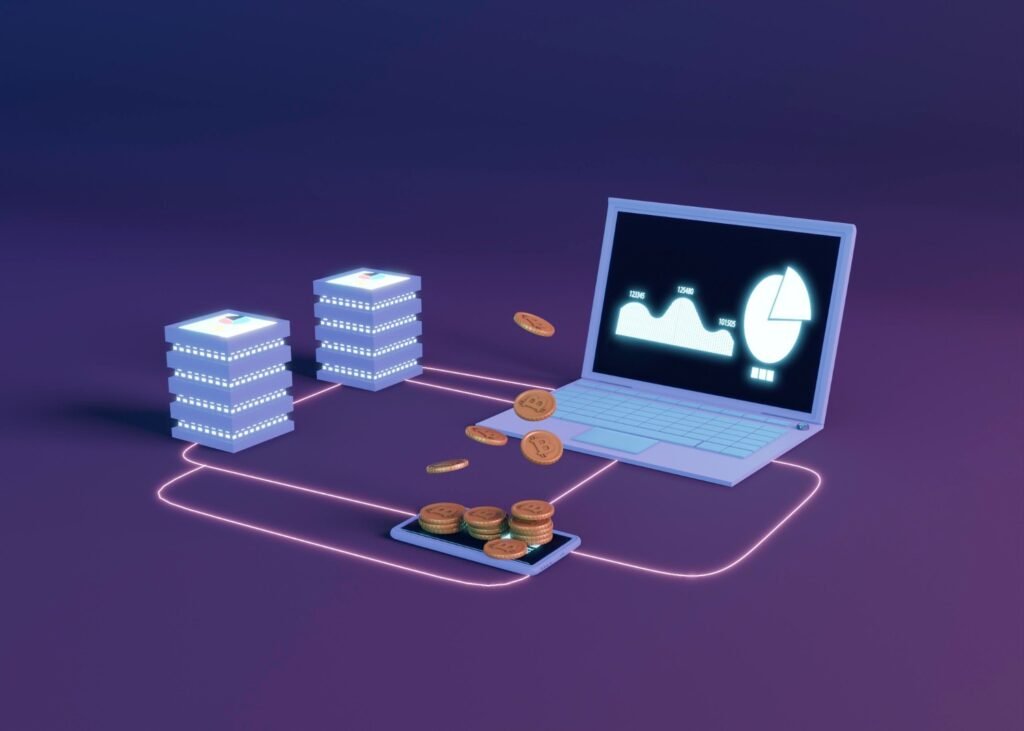In the gaming world, digital assets wield great power to unlock and provide value for casinos in various ways.
One such way is enhancing customer experience at online casinos in relation to how engaging the gameplay is. For this reason, digital asset management is a key aspect of the industry that must not be overlooked; it allows casinos to arrange and store user data effectively.
Digital asset management (DAM) is thus a solution for online casinos that rely heavily on digital assets to bring gaming ideas to life. In this article, we will look into what DAM entails in gambling, how it helps, and how casinos can implement it. Let’s get right into it!
What is Digital Asset Management (DAM) in the Realm of Gaming?
Digital Asset Management is the simple process of storing, organizing, and sharing large quantities of data and digital files. Such large files are usually created in the development of animated projects and games. Popularly called DAM, digital asset management is thus needed for gaming studios and animation companies due to the volume of projects created.
DAM provides the structure and efficiency needed to manage the large amount of digital assets required by games and animated videos. These assets include 3D models, sounds, animations, textures, etc., allowing for the games’ seamless functionality. Digital asset management thus allows for easy storage and organization of these assets in a way that reduces error and boosts creativity among team members.
Ways DAM Enhances Customer Experience
Digital asset management has several benefits in the gaming industry, as seen in online platforms such as Bovada Casino. You can find more details about the benefits it brings below.
To Better Understand Customer Needs and Expectations
Digital assets management helps developers understand what the customer needs and what they expect to gain from a gaming session. No one wants to play a game knowing they won’t have a good time, so casinos use DAM solutions to make games all the more engaging. To allow for a more enjoyable experience, developers use DAM to store and organise resources in a systematic way, reducing the risk of errors for any animation project.
For Predictive Maintenance and Remote Monitoring
Remote monitoring involves using sensors and data recorders to collect real-time data on gamers, their performance, and other vital details. This data is then transmitted to a secure database, giving developers a clear window into a customer’s experience. On the other hand, predictive maintenance analyses the data collected by identifying patterns and trends, ensuring consumers are having a great time.
Employing DAM in this manner thus helps increase productivity and reduce maintenance costs by ensuring maximum uptime. By providing a means of detecting problems early on, games don’t have to experience downtime, and customers are all the happier.
Easier Access to Resources and Information
Digital assets management solution is the answer to every player’s probe and question. It serves as a vast library of information for gamers with questions, building an excellent customer-casino relationship. Gaming studios use this DAM system to arrange info like user manuals, demo videos, troubleshooting guides, etc.
By organising these tools, gaming platforms empower their users to become self-sufficient problem solvers.
Reducing the Risk of Data Loss
Most games now track the player’s progress across checkpoints, which is why gaming studios require an efficient Digital asset management structure. Organizing large volumes of digital files is challenging enough, and doing so haphazardly may result in players losing their data or a breach of security. DAMs help software designers properly back up files and prevent storage media from becoming corrupt, thereby improving customers’ experiences.
How DAM Gets Integrated Into the Gaming World
Digital asset management is a handy tool that helps streamline complex workflows, reducing chaotic flow and unproductivity. A centralized DAM system can be incorporated into the gaming industry in the following ways:
Automated Organization: Digital asset management is an infrastructure that helps structure and properly tag assets. This systematic approach saves time instead of trying to recreate assets that already exist. Gaming studios can automate this process so that every form of digital asset organization gets done faster and more efficiently.
Data Tracking: Data tracking is another way DAM can be integrated into the gaming industry. As assets, digital files, and other consumer data move through approval stages, gaming studios can use DAM to track them. With this tracking, team members never have to worry about assets getting ready in time for when needed.
Unified User Interface: Developing a unified user interface that fixes elements of the DAM into the game. This reduces the risk of errors and increases efficiency across all systems.
Final Thought
Essential for organizing, locating, storing, and sharing large amounts of gaming data. DAM plays a crucial role in making the most of customers’ experiences.
If implemented effectively, DAM systems can revolutionize how gaming studios and casino houses produce content and enhance player satisfaction.
Doing so will give them an edge over competitors. Allowing them to break ground and delight audiences; it remains to be seen.

